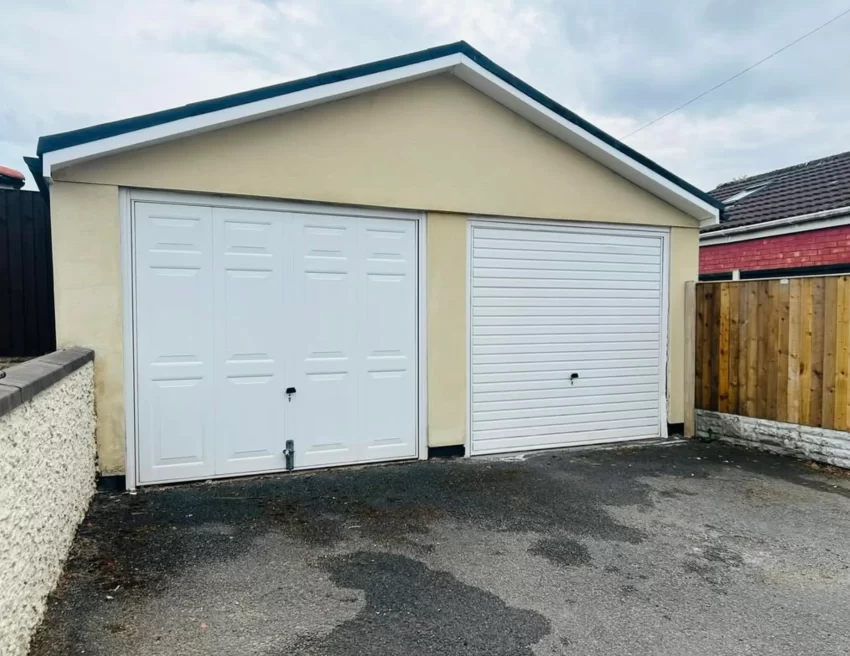Render is a popular exterior finish for buildings, looks sleek and modern but over time it can pick up dirt, algae growth and stains and looks tired and neglected. Cleaning not only enhances the curb appeal but also extends the life of the render. In this comprehensive guide we will explore the best ways to clean dirty render safely and effectively.
Types of Render
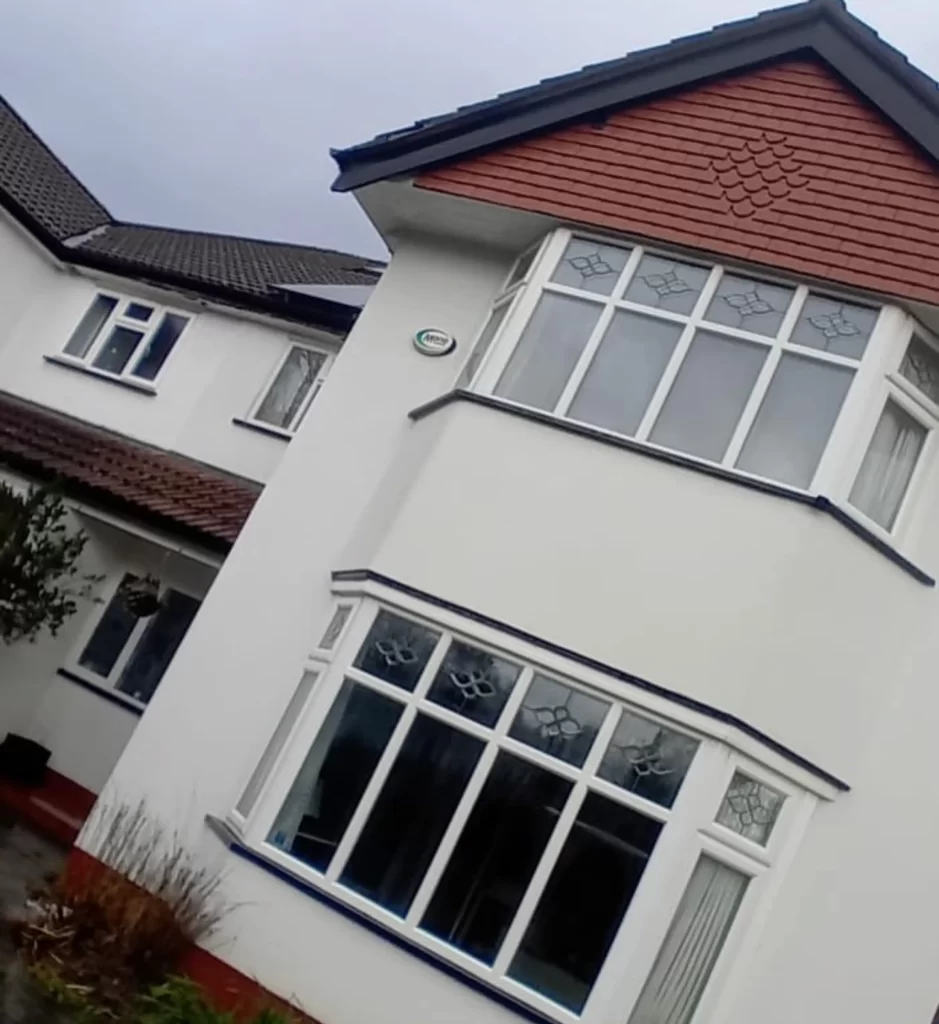
Before you start cleaning make sure you know what type of render is on your building:
- Cement Render – A traditional mix of sand, cement and lime which is porous and prone to dirt buildup.
- Silicone Render – A modern, water resistant render that repels dirt but can still grow algae spores and biological growth.
- Acrylic Render – A flexible, synthetic based render that resists cracks but attracts grime over time.
- Monocouche Render – A one coat, breathable render that is low maintenance but still needs occasional external cleaning.
Cleaning Dirty Render
1. Soft Washing (Best for General Dirt and Algae)
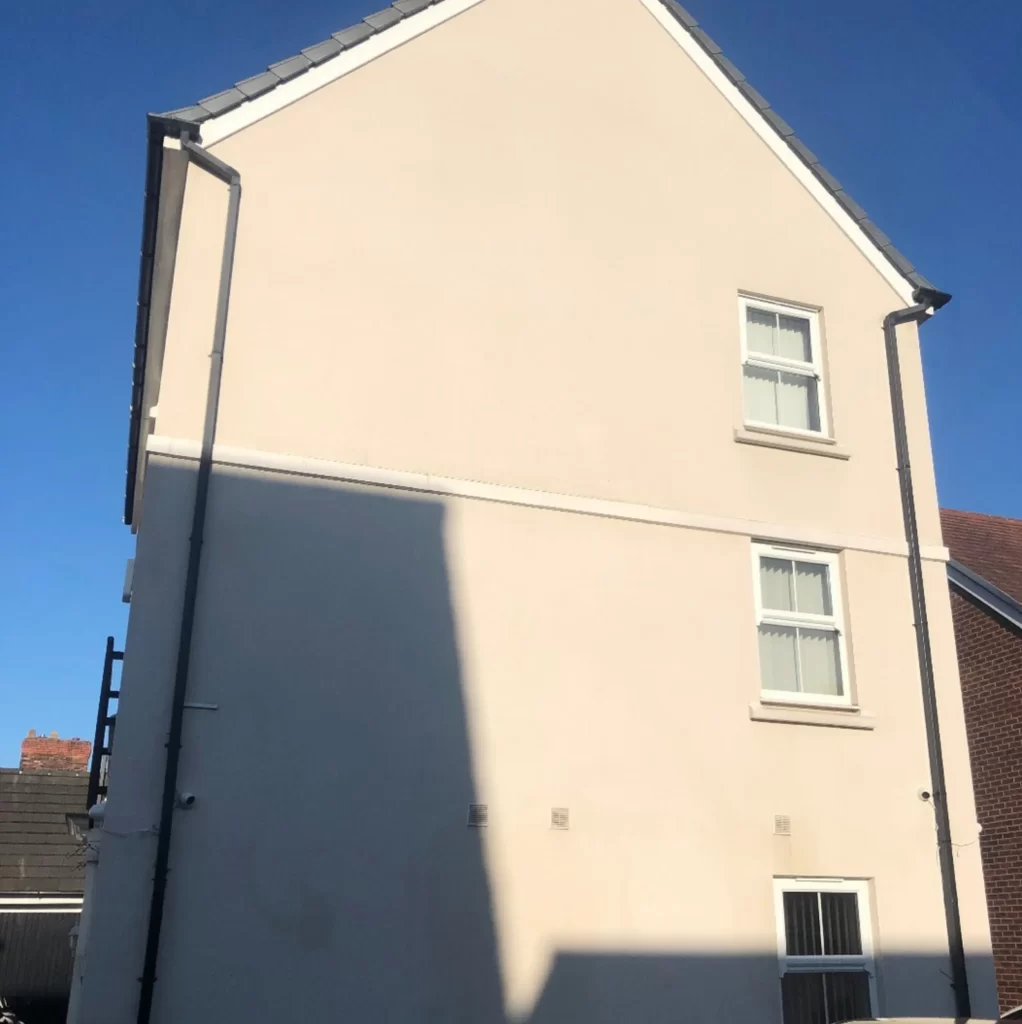
Soft washing is a gentle cleaning method that removes dirt, algae growth and mildew without damaging the render surface. It involves using a specialist cleaning solution and low pressure washing.
Steps:
- Mix a cleaning solution of water, mild detergent and biocide-based cleaner (for algae spores and fungus growth).
- Apply the solution using a soft brush or low pressure equipment.
- Let it sit for 10-20 minutes to break down the dirt and organic growth.
- Rinse with a hose or low pressure water stream.
2. Pressure Washing (Use with Caution)
Jet washing render can be effective but must be used with care especially on delicate render walls like acrylic renders and modern render types. Hiring a pressure washing service will ensure safe and effective results.
Steps:
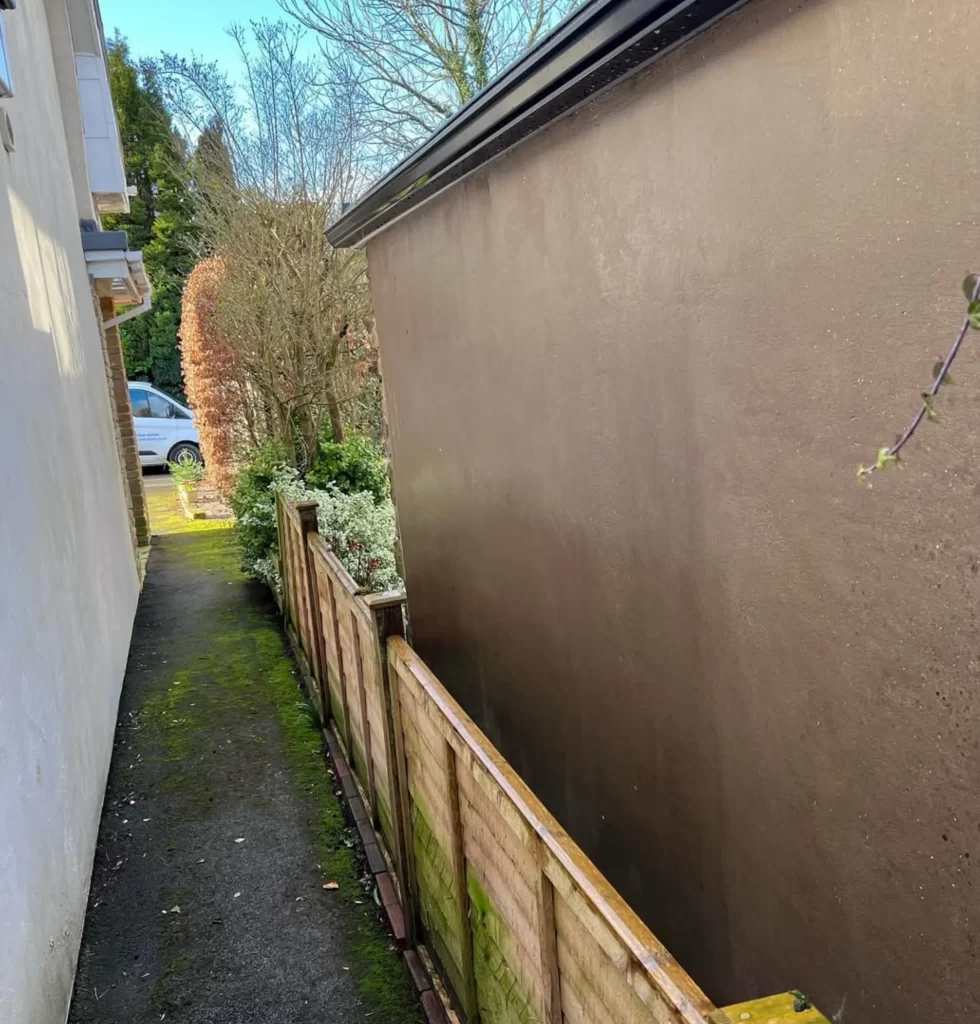
- Set your pressure washer to low setting (under 1,500 PSI) to avoid damage to property.
- Start from the top and work downwards to prevent uneven cleaning.
- Use a fan nozzle rather than a jet washer nozzle to prevent etching.
- Rinse thoroughly and don’t hold the stream of water too close to the render.
3. Biocide Treatment (Best for Algae and Moss)
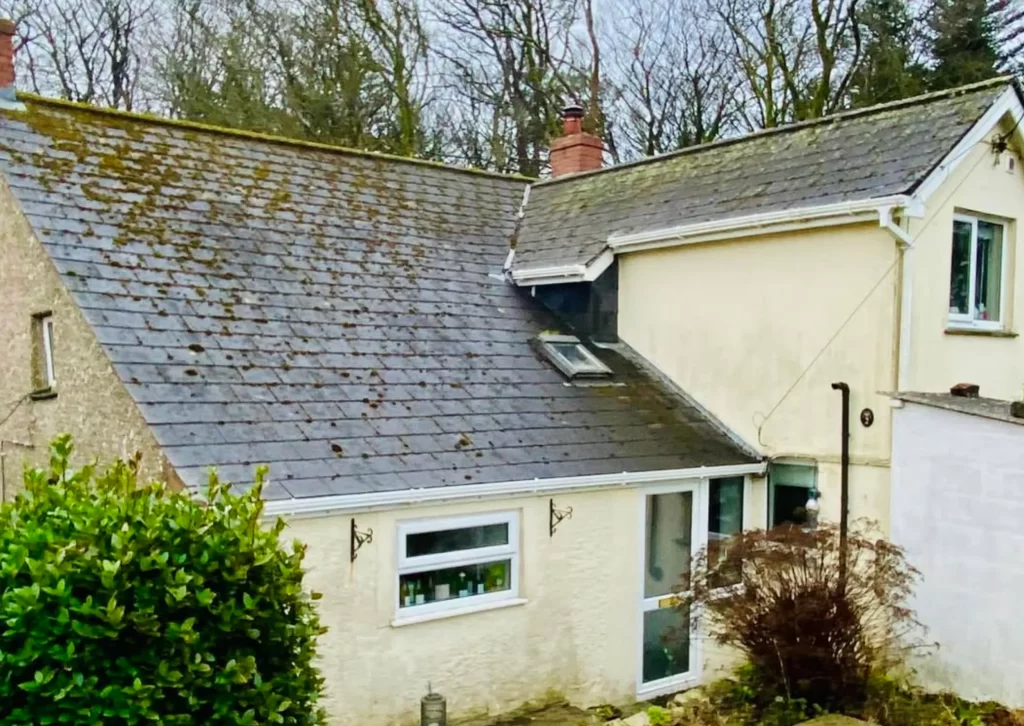
If your render has stubborn stains or green algae staining then a biocide treatment is required.
Steps:
- Apply biocide-based cleaner (such as anti-fungal treatment) with a sprayer.
- Leave to work for a few hours or as instructed by the manufacturer.
- Gently rinse with clean water and a soft-bristled brush.
4. Manual Cleaning with Brush and Soapy Water (Best for Small Areas)
For small stains or localized dirt buildup manual cleaning is easy and cost effective.
Steps:
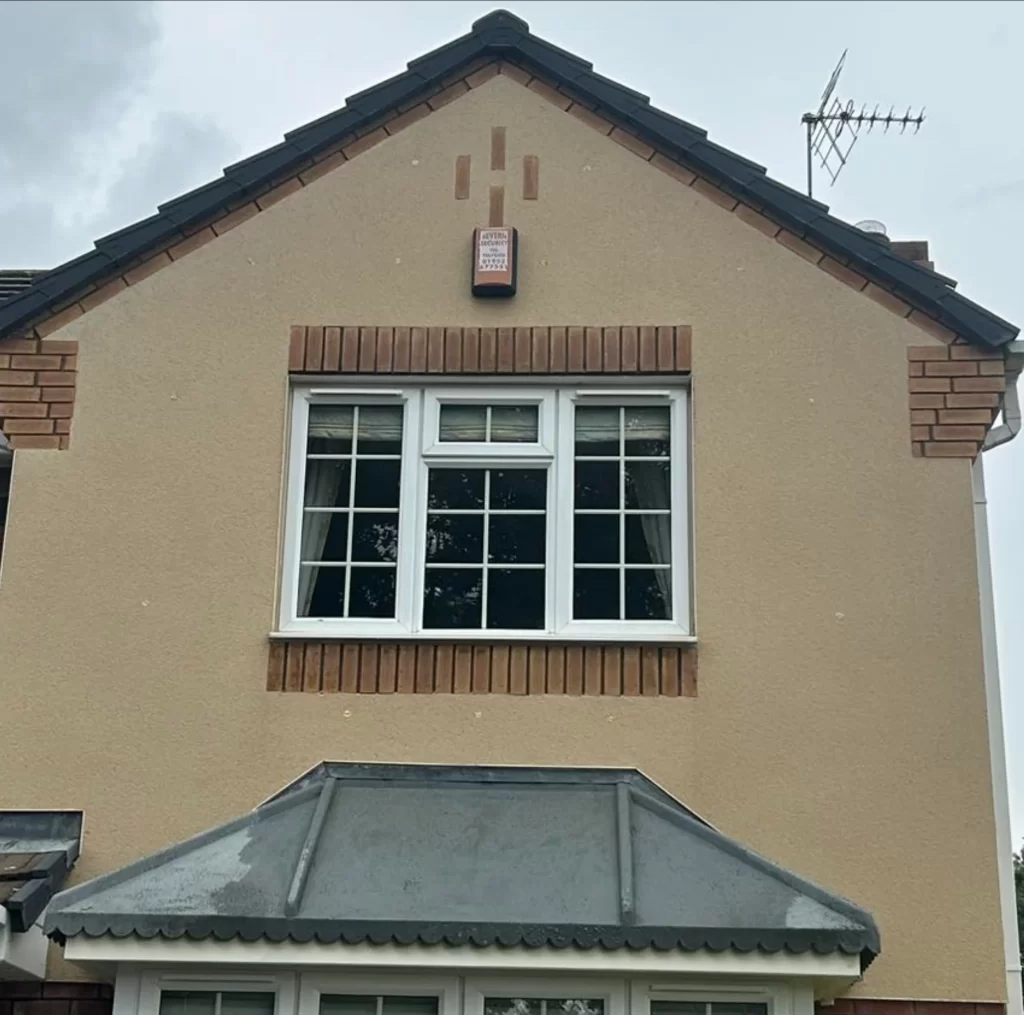
- Mix warm water with mild detergent.
- Use a stiff broom or soft-bristled brush to scrub gently.
- Rinse with plenty of water and let it dry naturally.
5. Steam Cleaning (Best for Stubborn Stains)
Steam cleaning uses hot water vapor to break down dirt, grime and biological growth. Professional render cleaning Melbourne services use this method for deep cleaning.
Steps:
- Use a commercial grade steam cleaner with a brush attachment.
- Apply steam over the whole wall.
- Wipe off dirt with a soft brush.
- Let the rendered surfaces dry naturally.
Preventative Measures to Keep Render Clean
To minimize future cleaning and costly repairs consider these exterior maintenance services:
- Apply a Protective Sealant: A breathable, water repellent sealant stops algae spores and mould growth.
- Regular Maintenance Cleaning: Inspect and clean render surfaces every 6-12 months.
- Keep Gutters and Drainpipes Clean: Overflowing gutters cause water stains and fungus growth on render.
- Remove Overhanging Vegetation: Moss and algae thrive in damp shaded areas.
- Use Anti-Fungal Treatments Annually: Prevent regrowth of black stains and mildew growth.
When to Call a Professional Render Cleaning Service
If your render has heavy staining, extensive discolouration or damage to buildings, it’s best to hire professional cleaning services. A team of abseilers using specialist equipment, such as low pressure washing or high pressure water jet cleaning, will ensure effective render cleaning without causing damage. A pressure cleaning company can provide solutions tailored to your render type.
Conclusion
Cleaning dirty render is essential for your property’s look and durability. Whether its soft washing, pressure washing or biocide treatments, there’s a method for every type of render. Regular maintenance and preventative measures will keep your building units looking fresh for years to come.
FAQ
How often should I clean my render?
At least once a year but high exposure exterior walls may need more frequent cleaning.
Can I use bleach-based cleaning products on render?
Bleach with water can kill mould spores but use with caution to avoid damaging delicate render surfaces.
Will a high-pressure water jet damage my render?
If done incorrectly, pressure washers can crack or wear down the coated surface. Always use low-pressure washing.
How can I prevent green algae from staining on my render?
Biocide treatment, clean gutters and good drainage will prevent algae and mould spores buildup.
When to clean render?
Spring and summer are best as bad weather can make the cleaning process hazardous. Dry weather means the render will dry faster.

